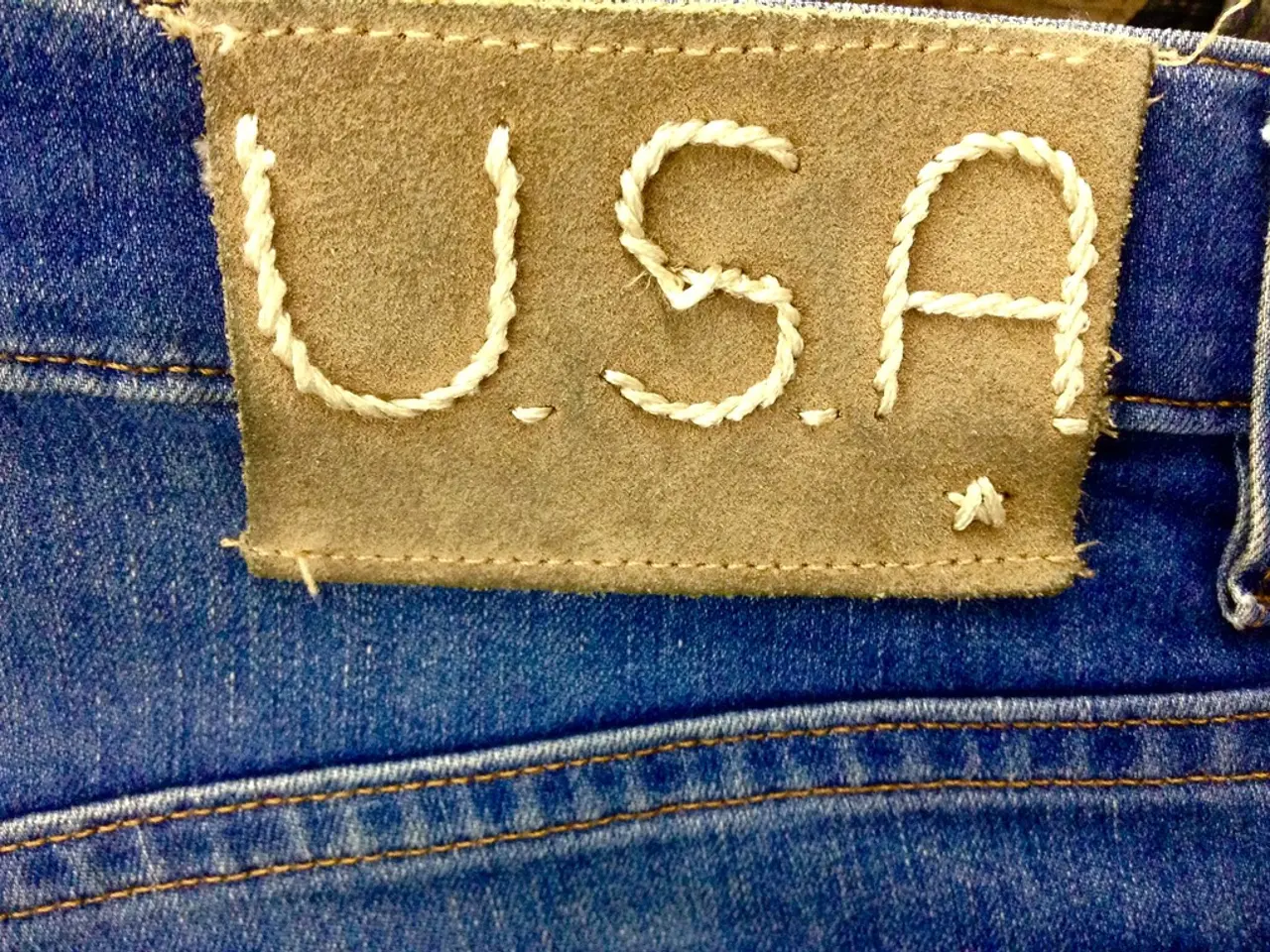Guide on Commencing a Personal Clothing Brand: Essentials and Steps Explained
Starting a private label clothing business can be an exciting venture, offering benefits such as total control over pricing, marketing, and branding. Here's a step-by-step guide to help you embark on this journey:
1. Identify your niche and target audience
Choose a specific market segment, such as women's fashion, plus size, streetwear, or sustainable clothing, and clarify who your customers are. This could include Gen Z, working professionals, or conscious consumers.
2. Research and finalize your product line
Decide what types of clothing you want to sell, considering style, seasonality, and price range. Conduct trend analysis and sampling to refine your offerings.
3. Choose the right private label clothing manufacturer
Partner with a manufacturer that offers customization, low minimum order quantities (MOQs), quality control, and reliable shipping. This partnership is critical to brand consistency.
4. Design and sample your products
Collaborate with your manufacturer on fabric sourcing, custom prints, fit testing, and creating initial samples to ensure your product matches your brand vision before mass production.
5. Build your brand identity and online store
Develop a strong brand name, logo, and aesthetic. Set up an e-commerce platform like Shopify or WooCommerce with professional photos and SEO-optimized descriptions to attract and inform customers.
6. Handle legal and business formalities
Register your business, choose the appropriate legal structure, secure trademarks, obtain necessary permits, and set up accounting and banking systems.
7. Develop sales channels and marketing strategies
Use effective sales channels and build your brand presence through customer engagement, feedback gathering, and targeted marketing initiatives.
These steps form a comprehensive roadmap for launching a private label clothing brand, balancing creative, operational, and legal needs for a successful startup.
Additional Considerations
- Value-added services such as customized branding labels, hang tags, and eco-friendly packaging can be provided by many private manufacturers.
- A private label clothing line is a collection of garments made by a third-party manufacturer, sold under a brand name managed by the brand owner.
- Lower production costs are a significant advantage of starting a private label clothing line, enabling bigger profit margins.
- A business plan should include estimated revenue and expenses, sourcing budget, and a break-even model to help stay on target and attract investors or business partners.
- Designing a clothing line involves working with in-house designers or providing tech packs with detailed measurements, sketches, and material descriptions.
- Finding a reliable private label clothing manufacturer is a critical step, and you should look for a company with reasonable MOQs, good quality, solid turnaround times, and overall communication.
- Building a brand identity involves deciding on a brand name, developing a logo, and outlining the brand's voice, core beliefs, and artistic vision.
- Setting up sales channels involves choosing a platform based on the sales model, whether e-commerce, B2B, or wholesale.
- Private label clothing manufacturing provides a middle-ground approach, offering more branding freedom than white label and lower costs than custom manufacturing.
- Ensuring quality and consistency in the supply chain relies heavily on communication, solid detailed tech packs, and quality control points.
- The cost to start a private label business varies greatly, with online clothing lines costing anywhere from $5,800 to $17,000 and physical retail stores requiring $64,500 to $131,300 in initial investment.
- For brand consistency, seek a private label clothing manufacturer that offers customization, low minimum order quantities, quality control, and reliable shipping.
- Conducting data-and-cloud-computing research and sampling is essential for refining your product offerings and ensuring they align with current fashion-and-beauty trends.
- Lower production costs in private label clothing manufacturing enable entrepreneurs to achieve bigger profit margins, making it an attractive career choice.
- For a successful small-business, developing a strong brand identity is crucial, including a brand name, logo, and a clear brand voice, core beliefs, and artistic vision.
- In addition to customized branding labels and eco-friendly packaging, technology can play a significant role in enhancing the lifestyle experience of customers by providing seamless online shopping experiences through e-commerce platforms like Shopify or WooCommerce.
- Effective marketing strategies and careers, such as social media influencers and targeted email campaigns, can help build brand presence and attract customers, improving the turnaround time for sales.




